From US$84,000 to US$100: Malaysia a step closer to eliminating hepatitis C with new, affordable drug
World Hepatitis Day is observed on Jul 28 every year and this year’s theme is “Hepatitis Can’t Wait”. Hepatitis C elimination in Malaysia may be possible after it made diagnosis and treatment more affordable and accessible.
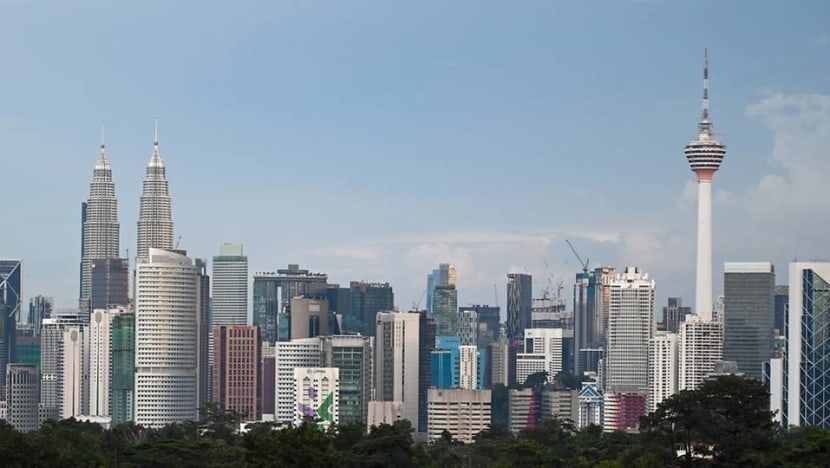
A general skyline view of Malaysia’s capital Kuala Lumpur on Oct 25, 2020. (Photo: AFP/Mohd Rasfan)
KUALA LUMPUR: When Nurul Huda Abd Halim discovered in 2015 that she had hepatitis C virus shortly after donating blood, she was worried about getting another cancer.
The 26-year-old kitchen helper in Kuala Lumpur had recovered from lymphoma then. She was well aware that hepatitis C virus, which is transmitted through blood, could cause liver cirrhosis, scarring and cancer if untreated.
A silent killer, it could take 20 to 30 years before symptoms appear.
The first highly effective direct-acting antiviral (DAA) drug Sofosbuvir (used in combination with another DAA) had been approved in the United States since 2013, but Ms Nurul Huda could not get the cure because Sofosbuvir was too costly for the government to bring in.
The US$84,000 (RM356,000) 12-week treatment was the price of a medium-cost apartment in Kuala Lumpur.
“There were older medicines but they were not as effective and I didn’t take them because the side effects were severe and I was afraid it might affect my studies,” said Ms Nurul Huda, who was preparing for her Malaysia Higher School Certificate (STPM) examinations then.
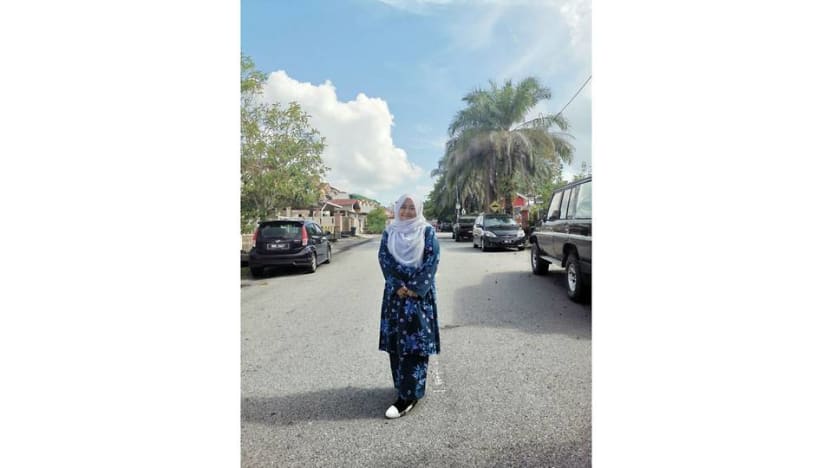
The source of her hepatitis C infection was not known but blood transfusions during her lymphoma treatment were suspected, said Ms Nurul Huda, who was diagnosed with lymphoma in 2011 at the age of 16.
She participated in a clinical trial in 2016 that used a generic version of Sofosbuvir in combination with another compound, now known as Ravidasvir, with the hope that it would work.
After taking the tablets for 12 weeks at home, she was cured.
Ravidasvir hydrochloride, available as Ravida Tablet 200mg, had been given conditional approval by the Malaysian Drug Control Authority on Jun 4. Malaysia was the first country in the world to approve its use.
The development of Ravidasvir was initiated by Malaysia’s Ministry of Health and the Geneva-based Drugs for Neglected Diseases initiative (DNDi). The clinical studies were funded by Malaysian and Thailand health authorities, as well as other agencies, companies and organisations.
The development of Ravidasvir is the latest episode of Malaysia’s success story in making access to hepatitis C treatment possible.
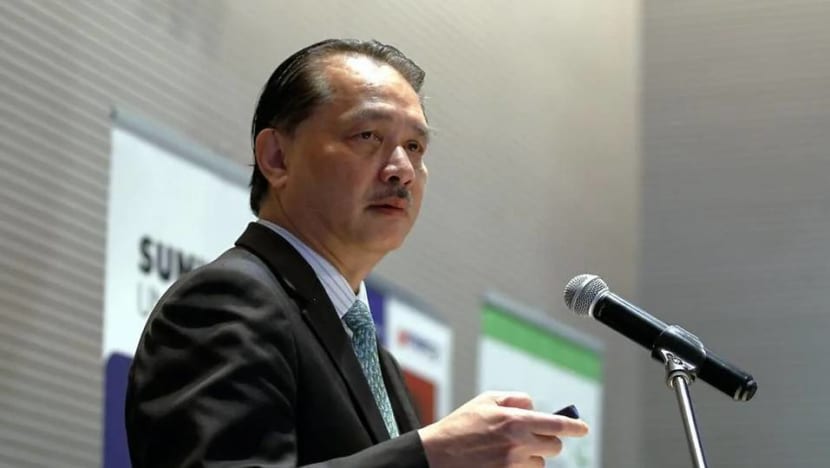
Touted as the best combination therapy thus far, Health Ministry director-general Noor Hisham Abdullah said it is possible to get a 12-week treatment using Ravidasvir and a generic version of Sofosbuvir at a cost of US$100 by getting it produced locally. This is cheaper than the current US$300 Daclatasvir-Sofosbuvir combination.
Patients with HIV co-infection require only a 12-week course compared with the 24-week Daclatasvir-Sofosbuvir, he said in a press conference on Jun 14.
Initial findings published in The Lancet Gastroenterology & Hepatology on Apr 15 revealed that the Ravidasvir-Sofosbuvir combination showed a 97 per cent efficacy in curing 301 patients with chronic hepatitis C infection in Malaysia and Thailand between Sep 14, 2016 and Jun 5, 2017.
“Ravidasvir plus Sofosbuvir has the potential to provide an additional affordable, simple, and efficacious public health tool for large-scale implementation to eliminate hepatitis C as a cause of morbidity and mortality,” said the report.
READ: Malaysia records more than 15,500 new COVID-19 cases amid lockdown
Moving ahead, the Malaysian health authorities are also looking at hepatitis C self-testing.
Early diagnosis and treatment will prevent liver cirrhosis, liver failure and liver cancers, which means lives and treatment costs can be saved - a huge public health and economic impact, said Dr Noor Hisham.
“Next is for us to scale up the detection of hepatitis C patients and eventually meet the goals of 2030 – which is to eliminate hepatitis C in this country,” he said in the press conference.
MALAYSIA’S JOURNEY TOWARDS TREATMENT ACCESS
In 2017, the World Health Organization (WHO) estimated that there were 71 million persons living with hepatitis C infection globally. A year earlier, Malaysia made a public declaration that hepatitis C was a public health concern affecting 400,000 people in the country.
Those at risk were intravenous drug users who shared needles, blood transfusion or organ transplant recipients before 1994, those undergoing dialysis, handling contaminated needles, sharing personal items such as razors, or did body piercing or tattooing.
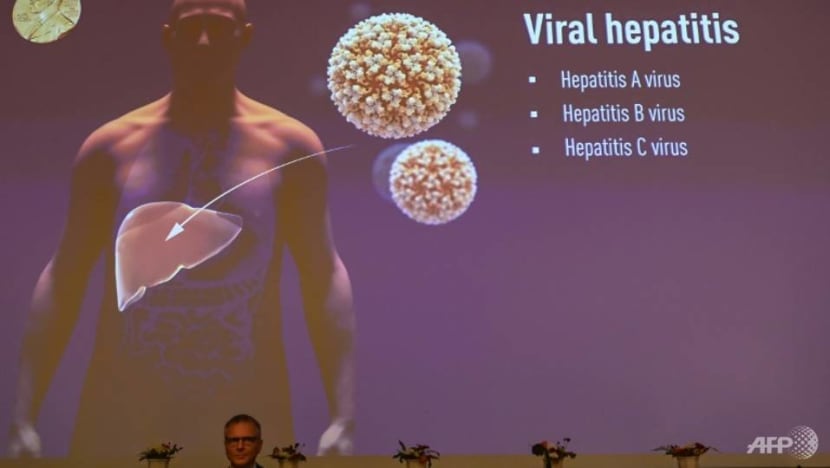
The discovery of Ravidasvir brought back memories of searching for a cure for Isaac Tan, 62, who was diagnosed with hepatitis C in late 1990s. With no available treatment then, his liver condition deteriorated and an ultrasound in 2000 showed liver cirrhosis and scarring.
Mr Tan, a former injecting drug user, participated in a clinical trial in 2006 using pegylated interferon injection and ribavirin pills. He recalled suffering terribly from fever, shivers, hallucinations, severe mood changes and uncontrolled temper.
Despite completing six months of the treatment, he was not cleared of the virus.
Half of the patients on interferon that the health ministry had treated did not get well, according to the ministry.
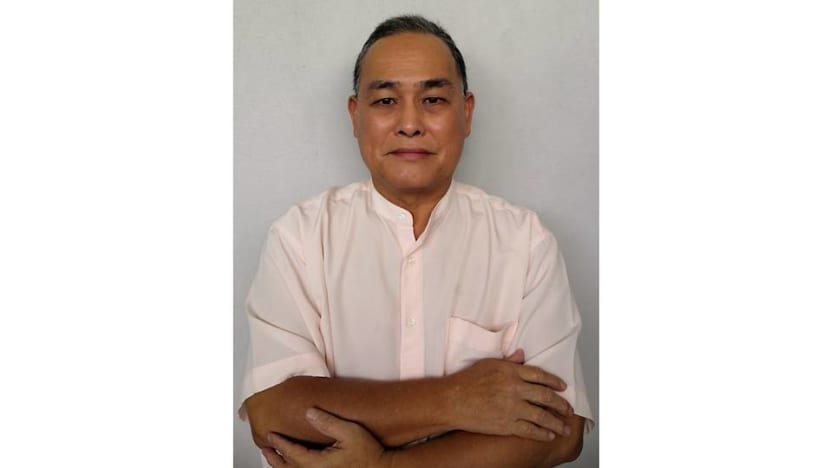
When Mr Tan heard that the “miracle drug” Sofosbuvir could cure, but was not available in public health facilities due to the prohibitive price, he travelled to another country in 2015 with a doctor’s prescription and bought a cheaper generic version of Sofosbuvir and Daclatasvir. He was cured.
An upper middle-income country, Malaysia did not qualify for drug prices lower income countries enjoy. It also could not afford the high prices richer countries pay. The pharmaceutical companies offer different prices based on the country's economic category.
The ministry had to explore various ways to gain access to better treatments for patients. In 2016, it began a collaboration with Geneva-headquartered DNDi, which led to the development of Ravidasvir-Sofosbuvir treatment, of which Nurul Huda was a participant.
READ: Gilead forecasts 2021 growth, strong remdesivir COVID-19 sales
At the same time, it also looked into the possibility of issuing government-use compulsory licence to import a cheaper generic version of Sofosbuvir while the patent of Sofosbuvir was still in place. A patent is in force for 20 years.
This licence, a flexibility allowed under urgent circumstances by the World Trade Organization, allows government access to a generic version of the medicine without the original drug maker's consent.
In August 2017, the Cabinet decided to use the compulsory licence after negotiations with the pharmaceutical company holding the patent right of Sofosbuvir failed. The company’s last offer was RM50,000 for a 12-week course, then health minister S. Subramaniam was quoted as saying in the Star in 2018.
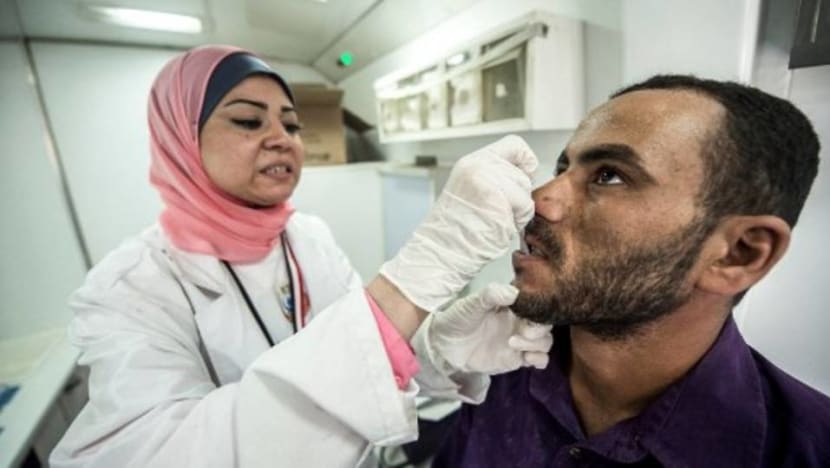
With the use of the compulsory licence to gain access to a generic version of Sofosbuvir from Egypt, the cost of Sofosbuvir and Daclatasvir treatment was reduced to US$300 (RM1,200). The treatment was made available in public hospitals in March 2018.
And now, the cost of hepatitis C treatment is expected to be lower with Ravidasvir and the generic version of Sofosbuvir. This treatment will be available in public health facilities in the next few months, Dr Noor Hisham told CNA.
DNDi South-East Asia regional office director Jean-Michel Piedagnel told CNA that Ravidasvir was the first hepatitis C drug to be developed through South-South collaboration.
He said the model showed low- and middle-income countries could work together towards affordable treatment and eliminate disease.
“It’s an innovative model.
“Normally, civil society will carry out campaigns and wait for drug costs to be reduced but we decided to create drug access by researching and developing a treatment ourselves,” he said.
EARLY DIAGNOSIS AND TREATMENT
Drug price was not the only barrier to treatment. Diagnosis and treatment were slow and were carried out only at hospital level.
To improve access, the health ministry carried out a nationwide decentralisation of hepatitis C diagnosis and treatment to community clinics, which made it accessible even for patients in rural areas.
Its national head of Gastroenterology and Hepatology Dr Muhammad Radzi Abu Hassan said in a press conference on Jun 14 that last year alone, 4,000 patients were treated compared with only 200 before the DAAs were available.
“With the treatment, many patients went back to normal living and their jobs,” he said.
READ: Upholding spirit of charity - Malaysian Muslims step up aid this Aidiladha as more seek help amid COVID-19
The ministry worked with the Foundation for Innovative New Diagnostics to introduce an antibody rapid diagnostic test kit and over 10,000 patients had been treated since March 2018, he said.
He told CNA that next, the ministry and the Malaysian AIDS Council would embark on a study on hepatitis C self-testing after the WHO launched the first hepatitis C self-testing guidelines on Jul 15.
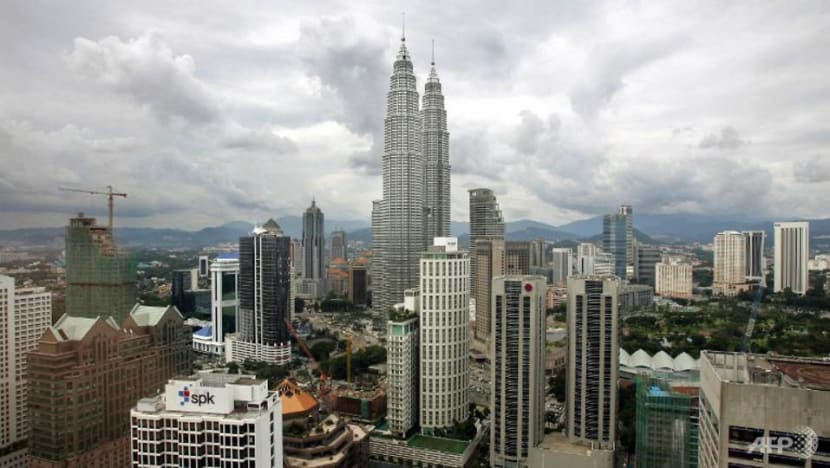
Positive Malaysian Treatment Access and Advocacy Groups director Edward Low said access to hepatitis C treatment in Malaysia had improved tremendously but more screening was needed.
“We hope all new patients will get their test results faster and start treatment after two visits based on the WHO’s guideline on test and treat strategy,” he said.
Omar Manan, 53, urged those at risk to get tested despite not having symptoms because early treatment would give better outcomes.
The pensioner living with HIV and diagnosed with hepatitis C in 2003 got his DAAs from another country only in 2017 and was cleared of the hepatitis C virus, but due to the late stage of the disease, a growth in his liver which was removed recurred.
“Those at risk should not wait until their abdomen becomes very bloated and eyes yellowish to be tested. By then, it’s of no use,” he said.












